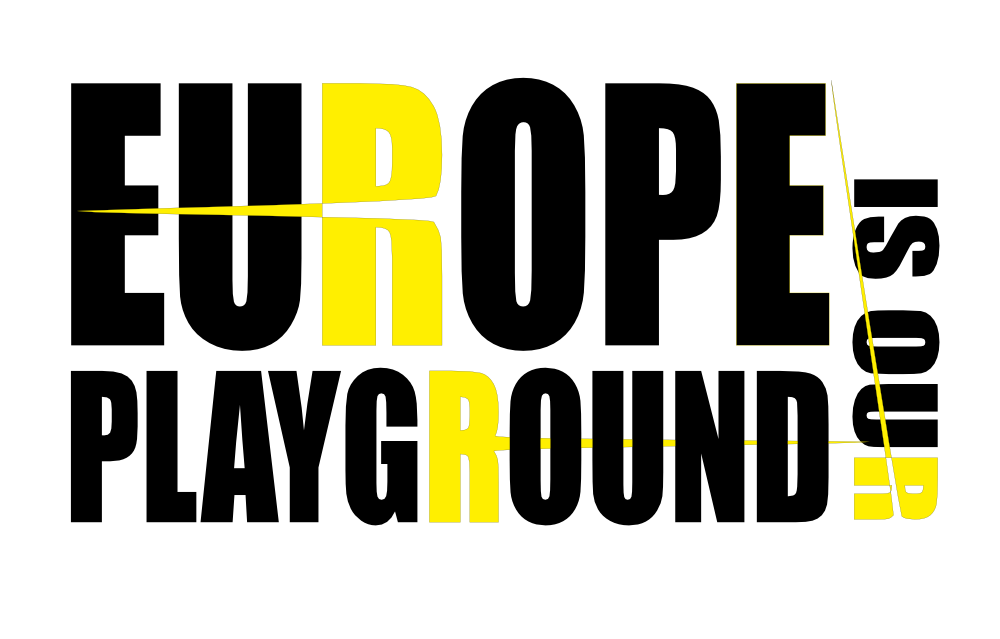A Study Of Giotto’s Crucifix In Santa Maria Novella
The wonderful Crucifix by Giotto that hangs high above the pews of Santa Maria Novella has captivated all since its creation some 700 years ago. Giotto, student of the lesser known Cimabue created the crucifix in much the same style as Cimabue’s “Crucifix” (though with an added layer of immense realism) which hangs at the other side of Florence’s ancient centre – in the beautiful Santa Croce. It’s a painted crucifix in tempera and gold on wood panel and dates back to about 1290-1295.
These pre-renaissance works are of particular importance due to their depiction of christ. Where earlier Byzantine depictions of the crucifix would show Christ as invincible even in death – a symbol of everlasting life (Christus triumphans), both Cimabue and Giotto depicted this new, suffering Christ as inspired by the School of Franciscan Spirituality- the Christus Patiens or the suffering Christ- a Christ who carried both burden and pain – not an indestructible force as in earlier renditions.
Unlike Santa Croce’s “Crucifix” by Cimabue, which is now almost in complete ruin due to the Florentine floods – Giotto’s crucifix is, after restoration work in 2000, in almost perfect condition, and raised high, like God, above the masses that congregate below.
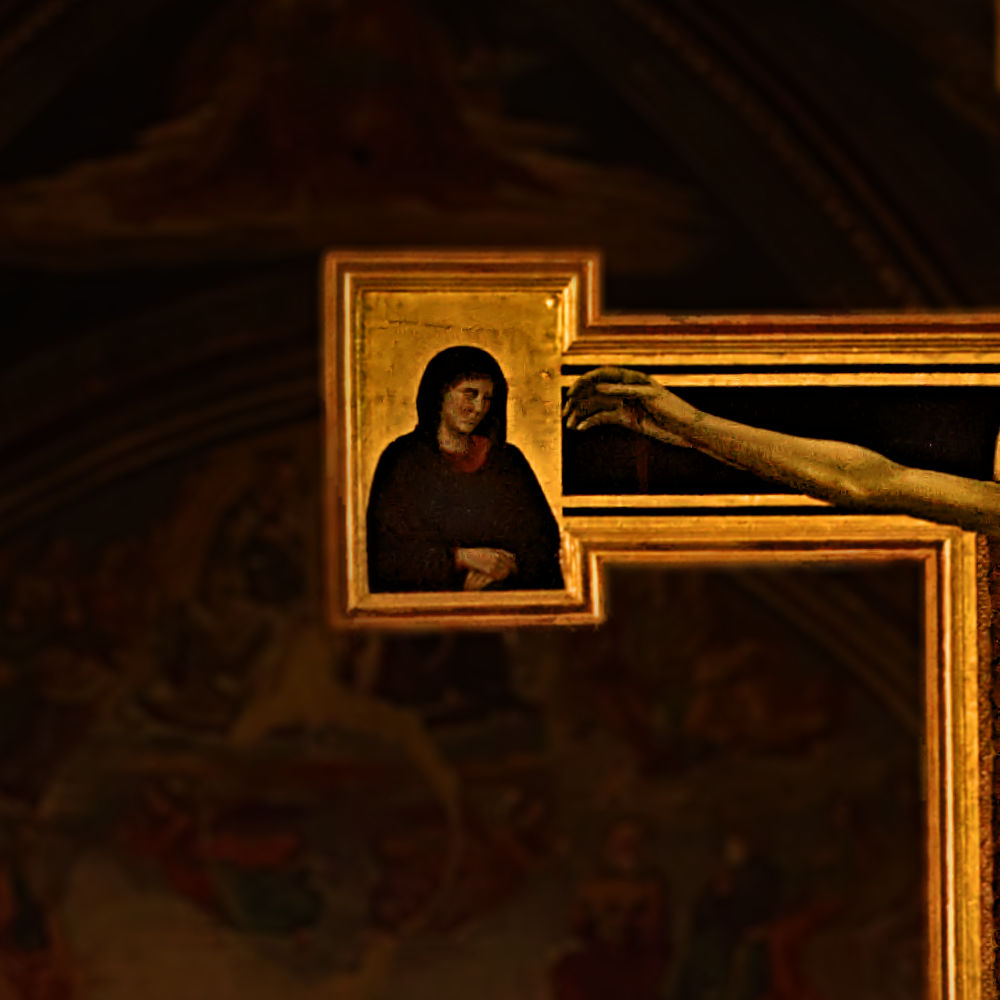
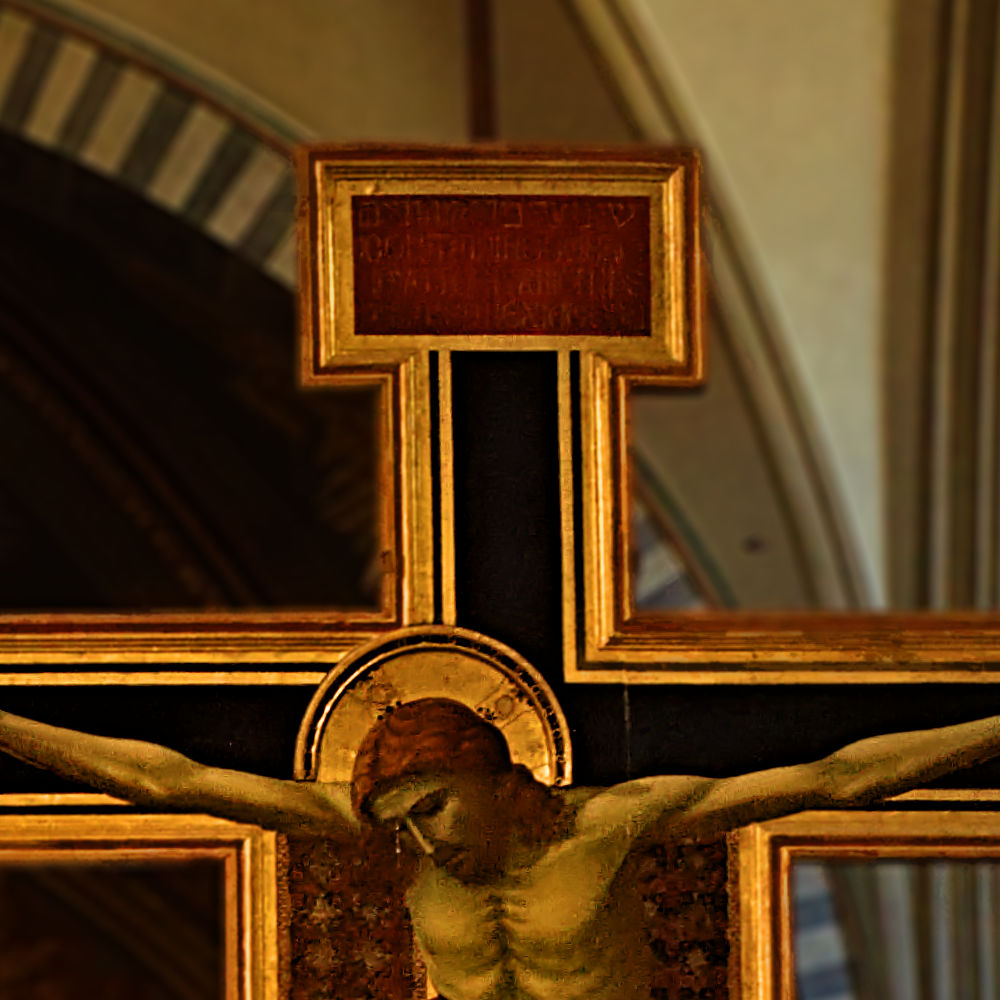
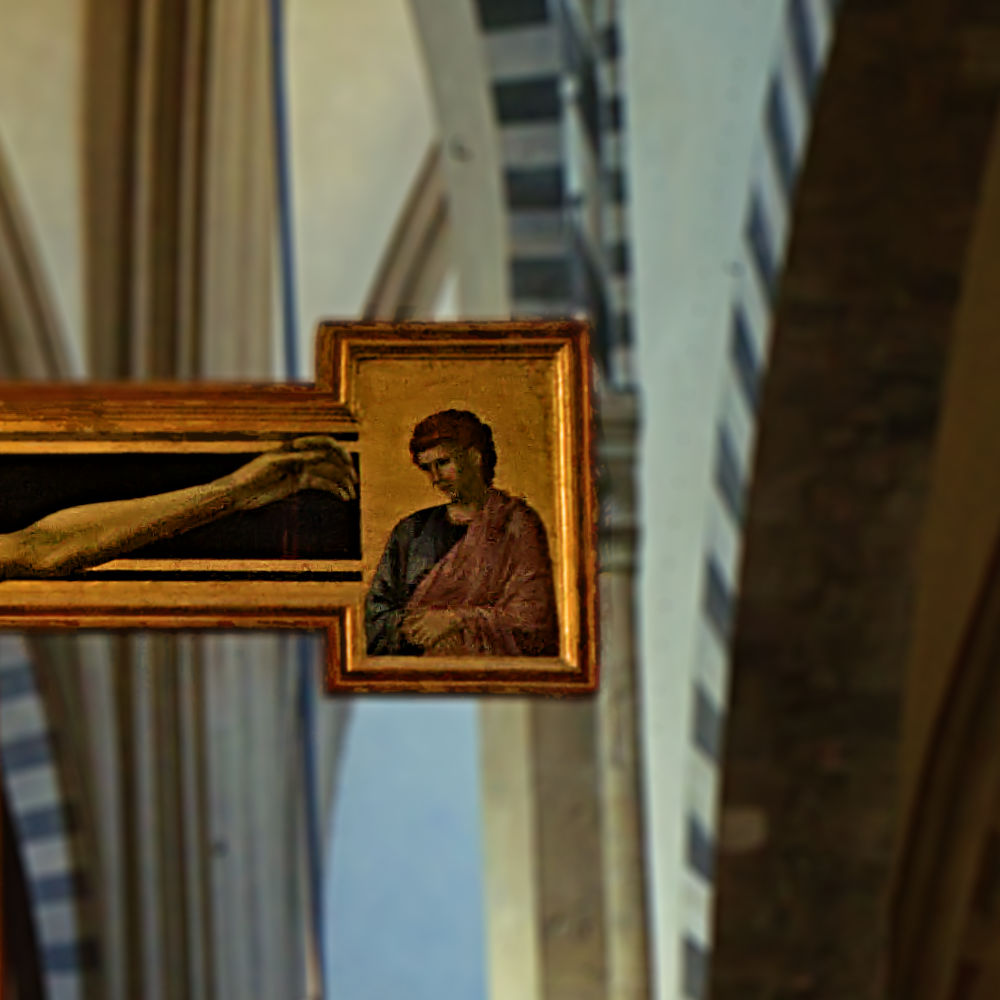
The colours in the painting are black, white and red, representing respectively death, pure innocence, blood and, consequently, the Passion. At the top of the crucifix is a panel inscribed in Latin, Greek and Hebrew. The side panels display on the left – Mary – and on the right – Saint John – both of which stare intensely at the image of Christ – another diversion from earlier Byzantine works which would have all those portrayed stare out at those viewing the painting.
The main image is of Christ’s body on the cross, showing Christ just moments before death – as his life ebbs away – symbolised by the blood flowing from his limbs (in contrast Cimabue’s “Crucifix” in Santa Croce shows an already defeated Christ – where rigor mortis even appears to have set in). The realism is extraordinary – particularly that of the hair, face and the contortions, blood and bones of the body such as the visible weight and strain to the arms – nothing at all like the earlier idealised form of Byzantine art, but what one would consider a much more real reflection of the reality of Christ – with a corporeal human body.
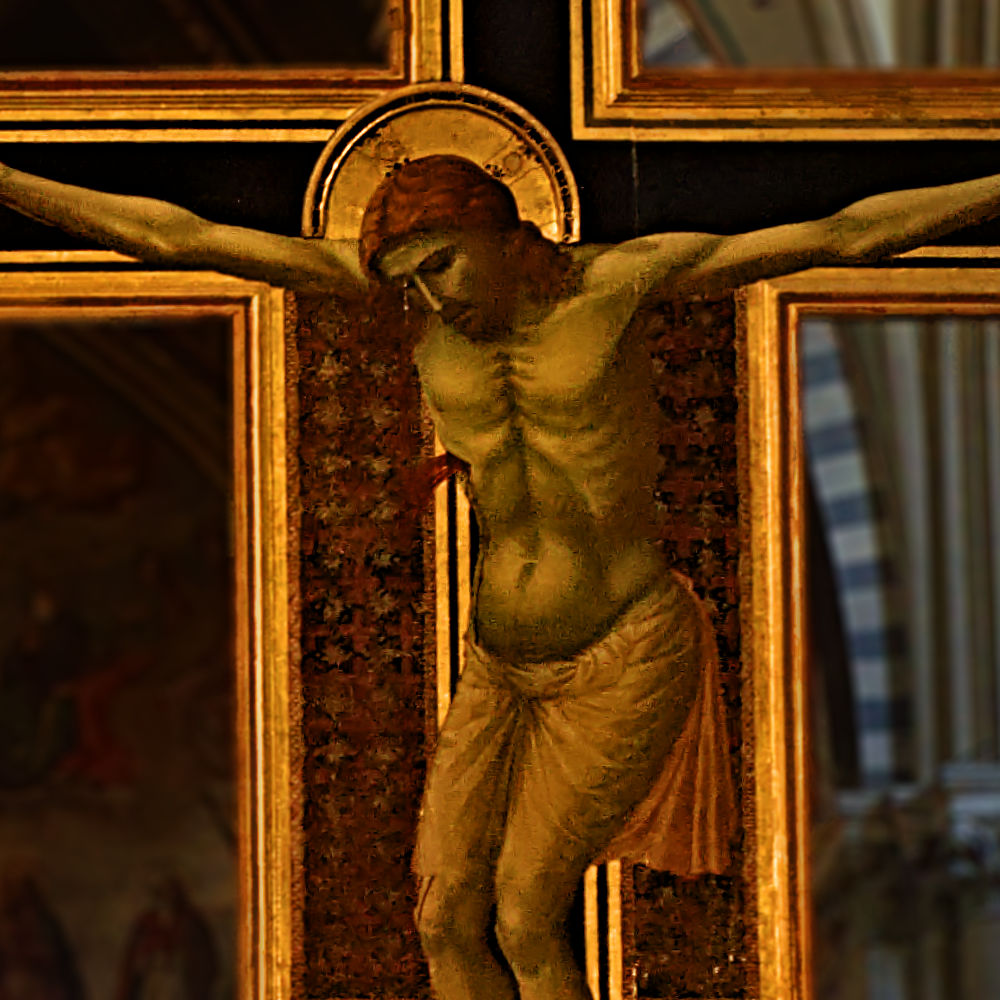
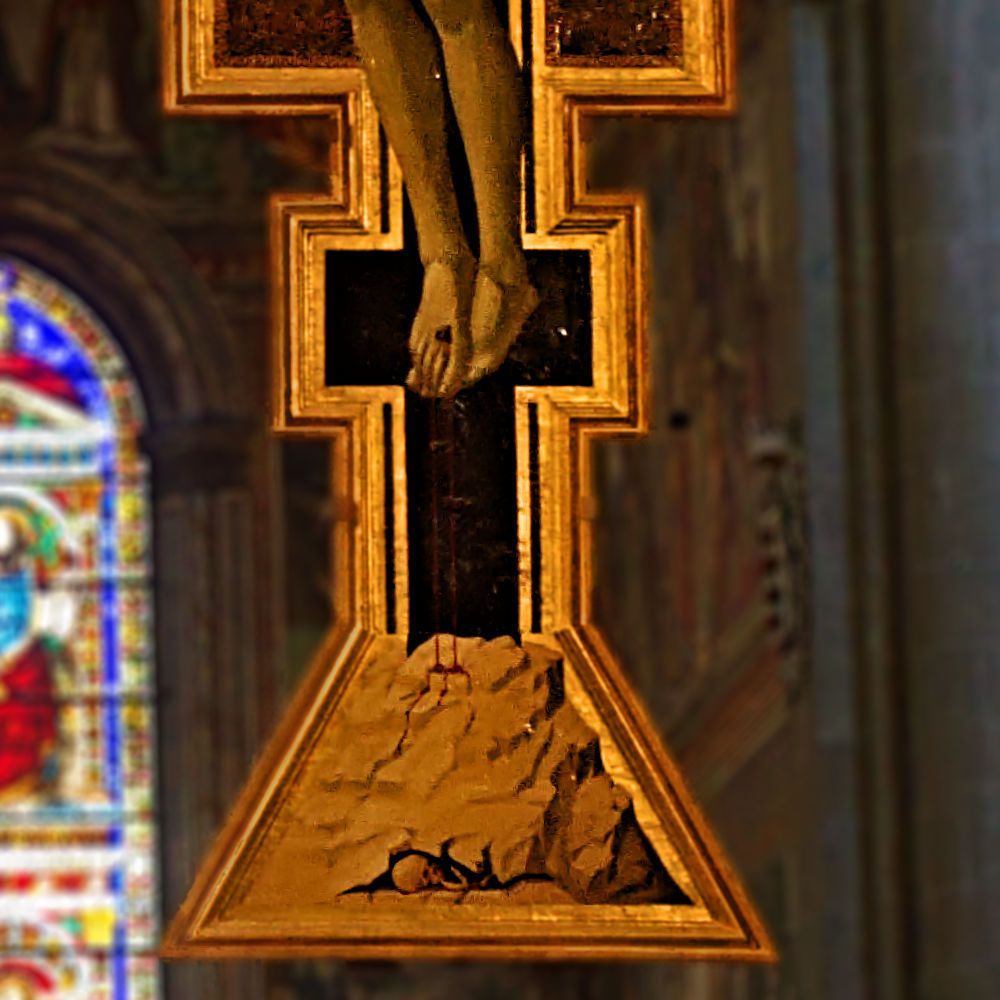
Much like the body above – the realism continues with the simplicity of the loin cloth, the way in which the knees bend and the single nail used to hold both feet as blood drips from the wound. Further down you’ll find the skull of Adam decomposing below the rocks of Calvary (Golgotha), stained with the dripping blood of Jesus Christ.
To see the crucifix for yourself – head to the beautifully ornate Basilica of Santa Maria Novella, which is just a short walk from the Florence train station and the centre of the historic city.
